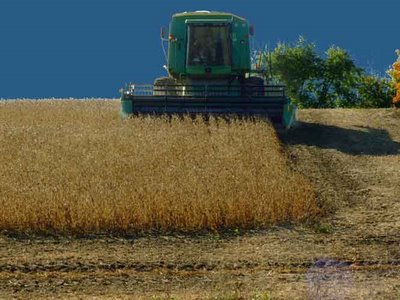I found six larvae in a section of limb that I was splitting today. The limb was about 20 cm (8 inches) in diameter and damp in the middle where the larvae were found. The largest larva was about 2.5 cm (1 inch) long. It fell out of the limb as I split the limb down the middle with my axe.

While I was photographing it, I saw three more, much smaller larvae in the wood and brought them to the surface with a splinter. Initially they were curled up in what I assume were defensive positions. After a few minutes they started to uncurl.

After they uncurled, they appeared to be about 1 cm (0.4 inches) long.

I also saw two much smaller larvae that I was unsucessful in photographing as they were too small to make much of an impression in the camera.
So my question is, what do you think they are. After some thought, I am leaning towards identifying the three small larvae as centipedes due to the way they were moving and I think I can see many, many, very small, almost transparent legs on their bodies but the larger larva has me quite puzzled. Any ideas?
















